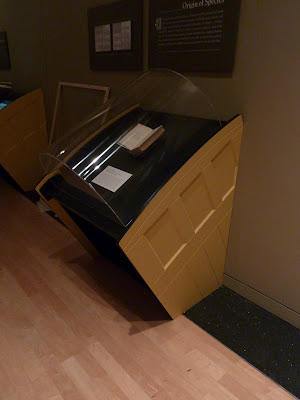
To complicate matters, our graphic designer left for grad school during this period and we had to conduct a search to find a new one. I am happy to report that we were successful and the new recruit was able keep the project on-track.

Needless to say, I am extremely proud of my staff and the quality/quantity of work they produced for this exhibit.
 Time to start working on the next one.
Time to start working on the next one.






























